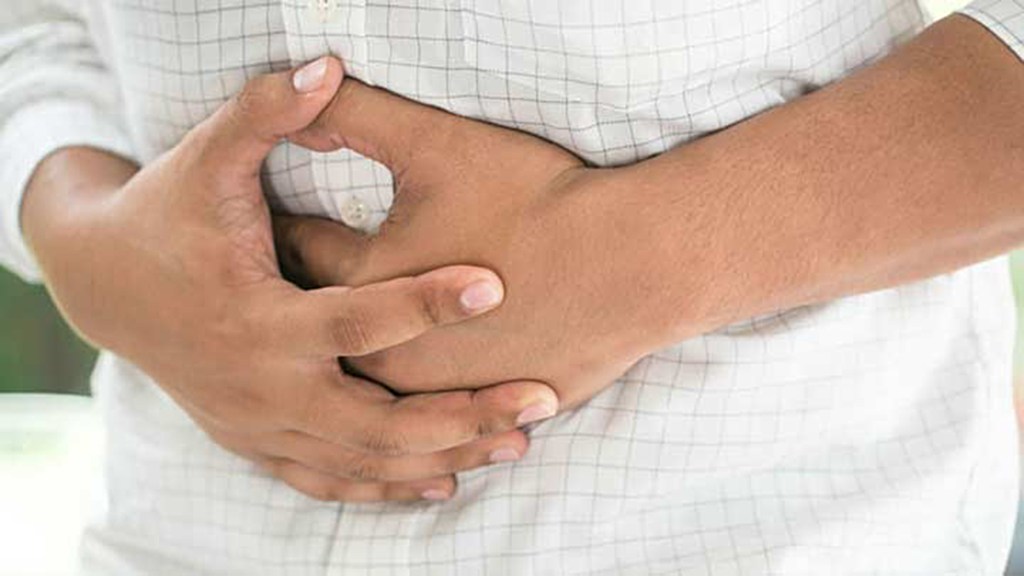SUMMER FOOD SAFETY: Prevention and safe practices may help ward off stomach illnesses
Published 6:45 am Sunday, June 23, 2019

- Summer food safety
One in six — or 48 million Americans — get sick from food poisoning every year, according to the Centers for Disease Control and Prevention in Atlanta. CDC annual data further estimates 128,000 are hospitalized and 3,000 die of foodborne diseases.
“Everyone has to eat, so everyone is at risk for foodborne illnesses,” said Connie Abbott, nurse practitioner at The University of Alabama in Huntsville’s faculty and staff clinic. “Just about any food has the potential to harbor bacteria.”
Trending
Abbott said the five major foodborne pathogens are norovirus, Hepatitis A, Salmonella Typhi, Shigella and Escherichia Coli (E.coli).
Norovirus
Norovirus is the leading cause of foodborne illness in the United States, Abbot said.
“Often referred to as ‘food poisoning’ or ‘stomach-flu,’ it spreads very quickly and easily,” she said. “Most outbreaks occur in food-service settings like restaurants. Infected restaurant workers are often the source, usually due to not properly washing their hands before handling ready-to-eat foods but also due to food that has not been washed or cooked thoroughly.”
Abbott said people with norovirus are most contagious when they have symptoms, especially vomiting and during the first few days after recovering from the illness. Some studies show the illness can still be spread for two weeks after recovery. Symptoms include vomiting, nausea and stomach pain.
Hepatitis A
Trending
Hepatitis A is a communicable disease that causes inflammation of the liver. It is spread through the fecal-oral route, such as not washing hands after using the bathroom or changing diapers. People can also get the disease by consuming contaminated food or water or by personal contact with an infected person, usually through sex.
Abbott said Hepatitis A is a “self-limiting” disease that rarely causes chronic issues and usually clears up in six to eight weeks.
“It is vaccine preventable,” she said. “However, if a person contracts Hepatitis A, their body makes antibodies against it and therefore they develop immunity from further infection.”
Salmonella Typhi
A bacterial infection, Salmonella Typhi is spread through ingestion of contaminated foods. Symptoms start within six hours to four days after infection and the illness can last up to a week.
“This illness occurs more often in the summer months because the warm weather provides an ideal environment for the bacteria to grow,” Abbott said.
Salmonella can quickly contaminate eggs, chicken, pork, sprouts, vegetables and even processed foods like nut butters and chicken nuggets.
“The infection can spread from person to person — even from animals to people,” she added.
Symptoms include sudden diarrhea (maybe bloody), stomach cramps, fever, nausea, vomiting and headache.
Shigellosis
Shigellosis (Shigella), or dysentery, is a diarrheal disease and causes diarrhea, fever, stomach cramps and bowel urgency even when empty. The illness is spread through contact with stool from an infected person either by caring for someone sick with Shigella, changing a diaper or consuming food or water handled by someone with the disease. Symptoms can last up to a week.
Escherichia Coli
Normally a harmless bacteria, Escherichia Coli (E.coli) lives in the gastrointestinal tract of humans and animals.
“There are some strains that cause illness, and symptoms usually start within three to four days of exposure and can last up to a week,” Abbott said.
E.coli is spread through ingestion of contaminated foods or contact with an infected person or animal. Symptoms can be severe and include stomach cramps, diarrhea, vomiting and sometimes low-grade fever of less than 101 degrees. Some infections are severe and require hospitalization.
Abbott said prevention of foodborne illnesses includes:
Handwashing
Practice proper hygiene, especially good handwashing. Hands should be washed:
• After using the bathroom and changing diapers;
• Before and after preparing or eating food;
• After contact with animals or their environment; and
• Before preparing feeding bottles or foods for an infant or toddler, before touching infants and children’s mouths or touching anything that is placed in their mouths.
Abbott also offered these tips for proper food preparation and handling:
• Wash hands and surfaces properly;
• Rinse raw foods and vegetables before consuming;
• Separate foods to prevent cross-contamination;
• Use different cutting boards for foods, especially fresh foods and raw meat;
• When shopping and refrigerating foods, keep meats and eggs separate from other groceries;
• Keep foods warm after cooking and microwave thoroughly;
• Refrigerate perishable foods within two hours; and
• Never marinate or thaw on counter.
Other considerations
Abbott recommends choosing safer picnic foods, such as those that don’t require refrigeration, especially those that have mayonnaise as an ingredient.
“Rather than potato salad, a pasta salad in an oil-based dressing can be at room temperature as long as there isn’t cheese or meat included,” she said. “Firm fresh fruits and vegetables are fine at room temperature. But make sure they are washed before serving. Remember, bacteria has to be present in order for it to grow.”
And, while swimming pools can provide fun and relief from hot summer temperatures, Abbott said there are good reasons to be cautious in the water.
“Try not to swallow water when swimming in public pools, lakes, rivers, ponds, streams and public backyard kiddie or wading pools,” she said.
Children could become sick very quickly from recreational water illnesses.
— Maples-Anderson is senior communications officer for the University of Alabama in Huntsville. She can be reached at joyce.maples@uah.edu.





